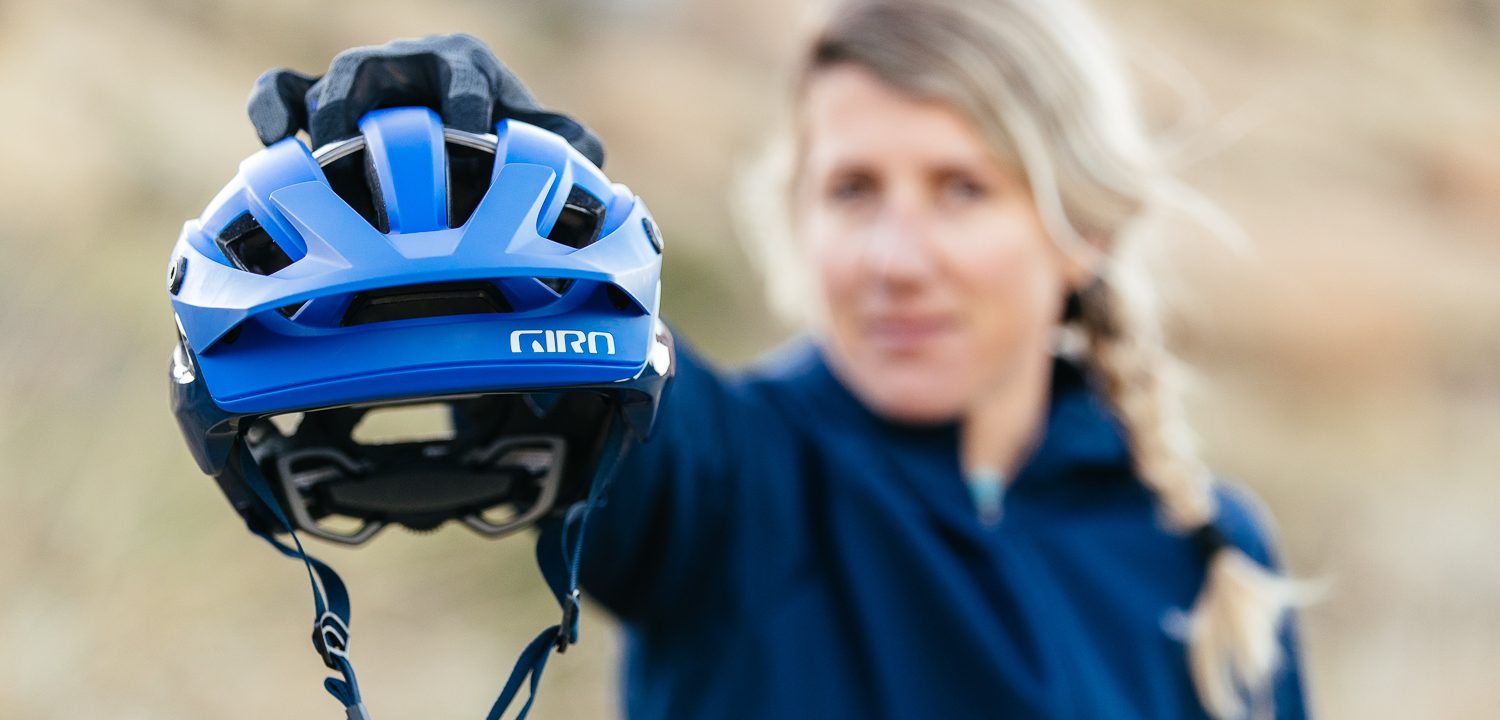
Today, Giro launches its most high tech helmet ever, the Giro Manifest Spherical trail helmet. Spherical? Yes, this uses MIPS Spherical, a technology developed in partnership with MIPS and first seen on the Giro Aether road helmet; only this time, rather than the pared back, aero and light weight goals evident in that helmet, the Manifest Spherical is buzzing with features.

Manifest Destiny
It’s certainly a different, yet familiar looking helmet, and it’s definitely a trail-focussed lid. Giro helped pioneer the idea of the mountain bike specific trail helmet – first with the Terramoto (remember that?) which introduced the concept of Giro’s Roc Loc head retention system, and then there was the Xen, which definitely pushed the extended coverage idea of the trail-specific helmet.
The Manifest Spherical keeps those same ideas, with extended coverage of the back of the head, around the temples and even the forehead, but it’s been designed to do so without sacrificing comfort, venting or light weight.
But how does MIPS Spherical work?
MIPS Spherical works much like a ball and socket joint. Imagine the inner helmet as the ball, with an outer layer that is free to slide around that inner shape, limited in travel by the MIPS mechanism between the two layers. This means that the inner helmet (in blue, below, or darker blue above) can be made without compromising comfort and venting because your head is sitting in a vented, padded helmet, rather than the yellow plastic dome of a regular MIPS slip layer. The outer layer is free to move around that inner helmet by several millimetres, or degrees, which should help protect the brain from rotational injuries better by acting like your scalp does and moving in a crash so your brain hopefully doesn’t have to.
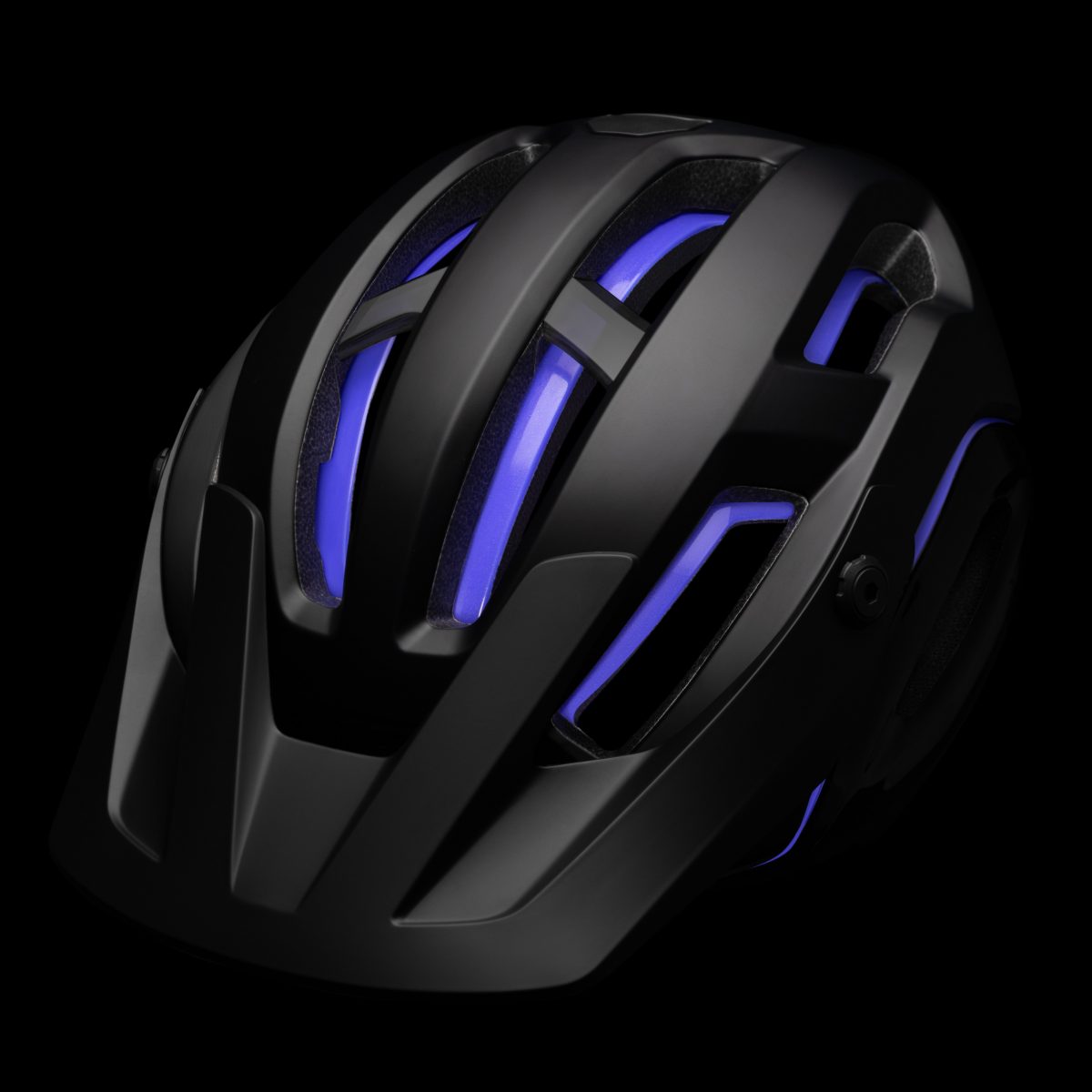
It also allows Giro to make the upper and lower halves of the helmet out of different materials: The inner helmet, next to your head is a lower density EPS to absorb lower force impacts, while the outer layer is a denser EPS to give more structural integrity and to take on hits from the outside world. And talking of structural integrity, the Manifest features Giro’s ‘Aura’ reinforcing arch (the shiny black bit below) which runs through the helmet and adds a huge amount of strength. According to Giro’s engineers we spoke to, this allows the vents to be as big as they are. Without the Aura, the vents would be 25% smaller.
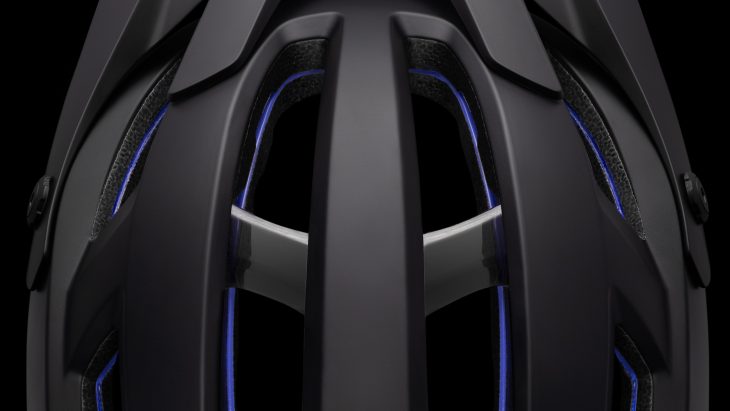
What do vents mean?
Vents mean airflow! The big vents on the Manifest Spherical make it a very cool helmet indeed, something like 7% cooler than Giro’s benchmark trail helmet, the Montaro at mountain bike speeds of around 12mph. Giro has its own ‘Therminator’ head in its lab, where a helmet-wearing headform is heated to 100°F and a 12mph wind tunnel breeze passed over the head to see how much effect the cooling air has.
Manifest Spherical features
As we said at the start, Giro’s Manifest Spherical has a lot of mountain bike specific features. The peak has two easy adjust thumbscrews to govern peak angle and tightness. This adjustment is non-indented as Giro found that having clicks on your peak angle just means you end up with a peak on the wonk if it gets knocked. Here the peak always moves parallel. And is there room for goggles? Yes, it’s been made with goggles in mind. There is just enough room to fit standard mountain bike goggles under the peak without having to run them backwards or whatever. Giro sees this as more of a trail helmet than an enduro one, so goggle fit is just enough for occasional use. There’s also a grippy silicon pad out the back of the helmet to hold your goggle strap in place. (Just at the top of the top blue section below – and just above that are two grey shiny patches which are retro-reflective decals that appear black but which ‘pop’ under headlights.
The helmet straps are fully adjustable (unlike some helmets where the Y-buckles sit right on your jawbone… and the helmet fastens with a Fidlock buckle. This is a magnetically attracting buckle that snaps securely into place with the minimum of effort or dexterity with a quick slide to separate the two parts.

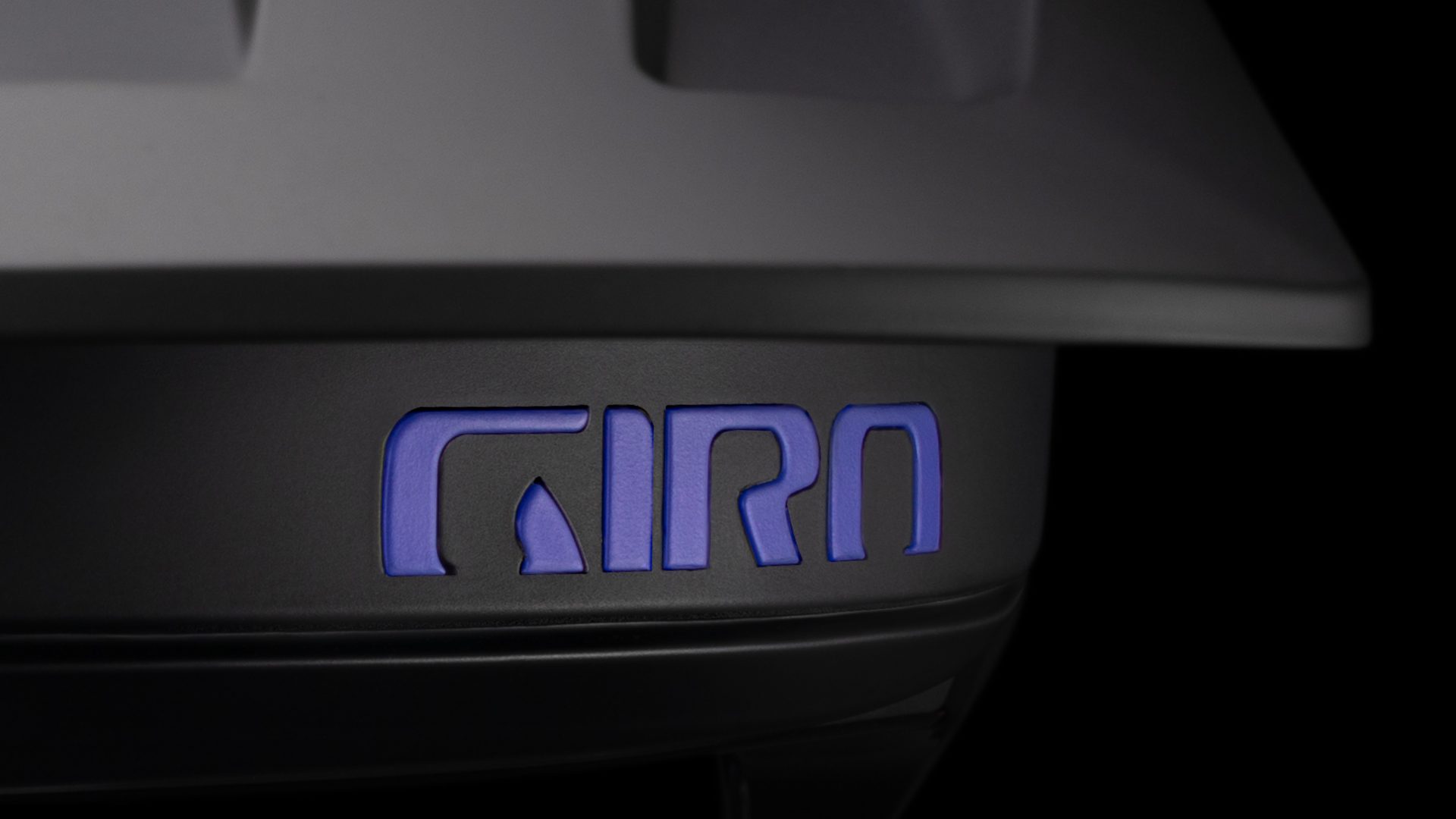
The Manifest comes in several colours, with nothing too crazy to put you off. Where you see black on the helmet, that’s a graphic on the hardcover – there’s no exposed EPS on the outside of the helmet, again for durability purposes. Inside, the helmet feature a new RocLoc Trail Air system which uses a single dial to tighten the helmet from the front. The Trail Air system works with the XStatic anti microbial liner to keep your head cool, keeping the brow pad from touching the front of the helmet and allowing more airflow over the forehead.
Also on the inside are two ribbed rubber pads in a channel on each side, designed to grip eyewear earstems when you put your glasses into the vents on long climbs like your Tour de France heroes are always doing.
Oh, and the weight? Despite all the features, the helmet weighs in around 345g, which is around 25g lighter than a Montaro MIPS.
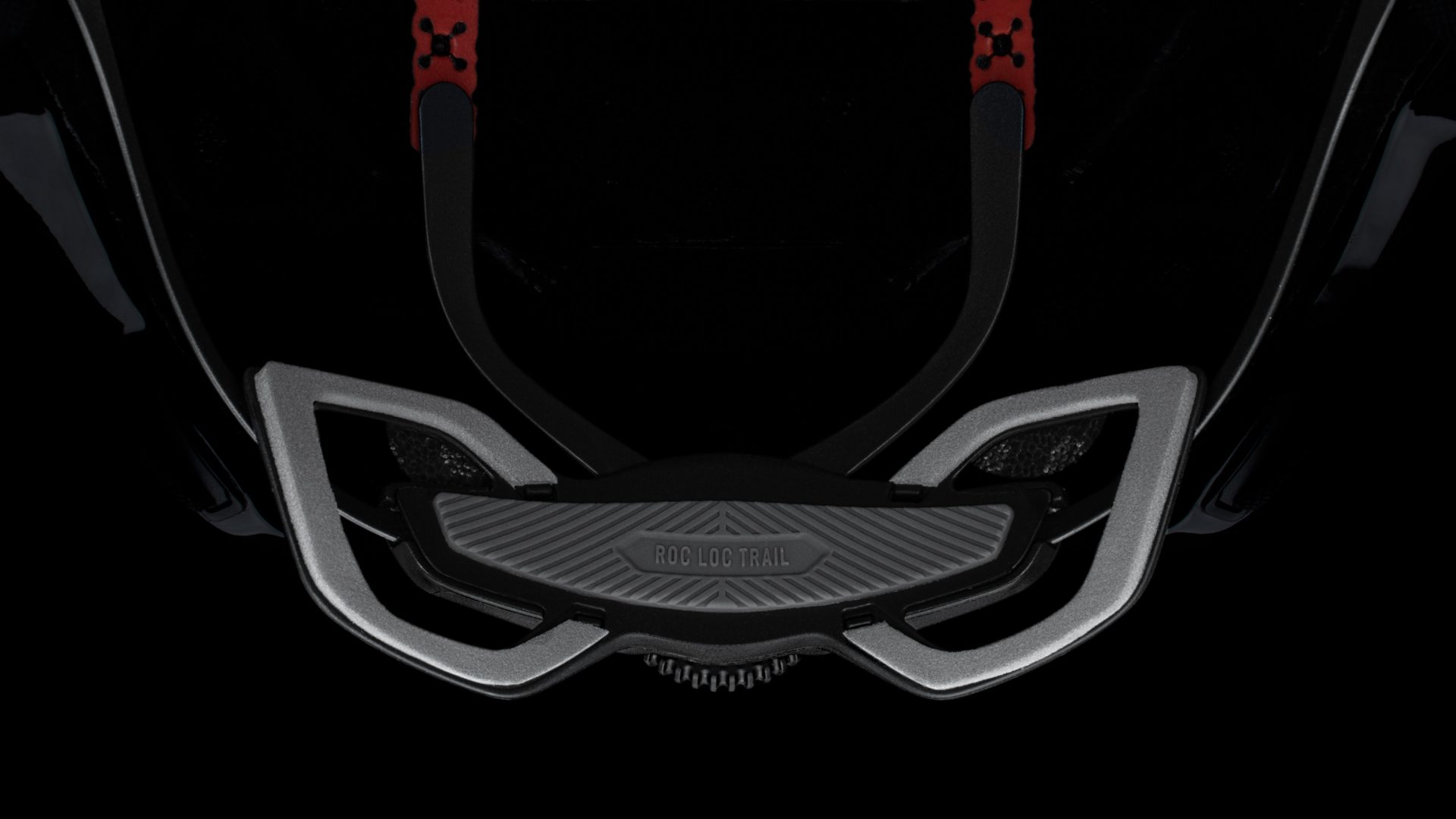
The Giro Manifest Spherical will be in shops in mid-May, coming in Small, Medium and Large sizes in a selection of colours. And the price? You didn’t think this amount of tech would come cheap, did you? It’ll be £250 and will be distributed by ZyroFisher in the UK.
For more details, head along to Giro’s website, check out Chipps’ hands-on review.

Comments (4)
Leave Reply
Post Comment
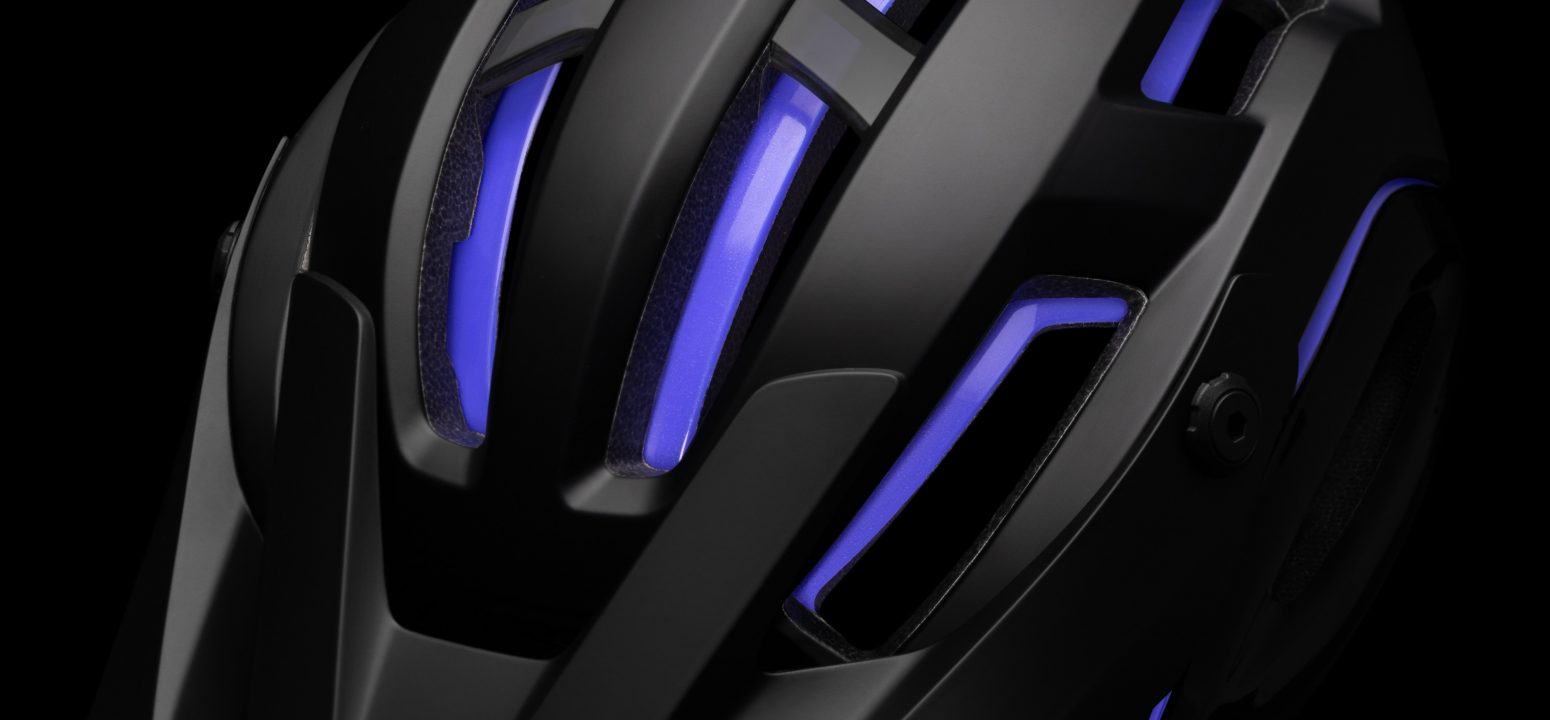



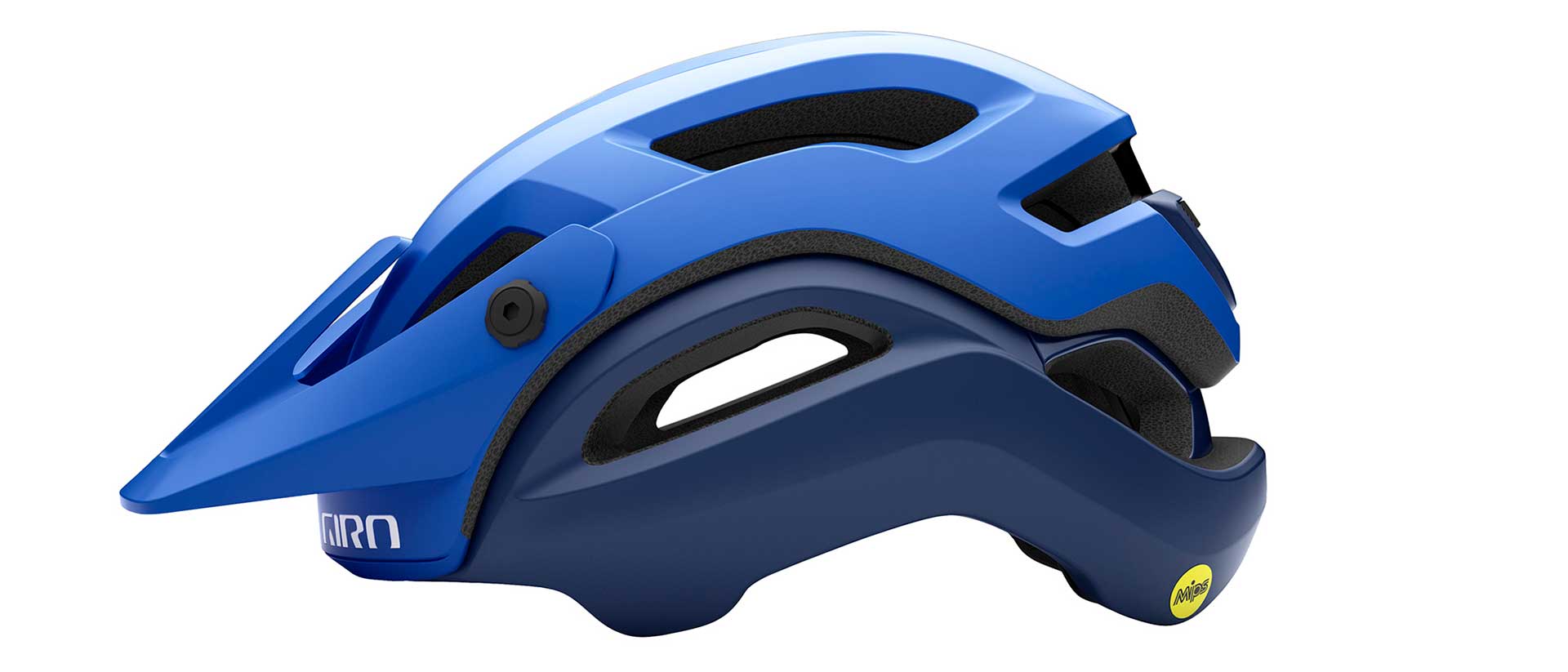






What are its cooling properties like at 2mph half way up a big climb 🙂
I did wonder that. My average trail speed appears to be between 4-5mph…
I (also of the ‘never going to acheive that crazy 12mph! gang) think that looks like a pretty decent bit of protection. I would like to offer my services as a tester of helmet cooling ability, as I sweat almost exclusively from my head!
Oh no! Acheive! Apologies for not proof reading my comment. Achieve, clearly.